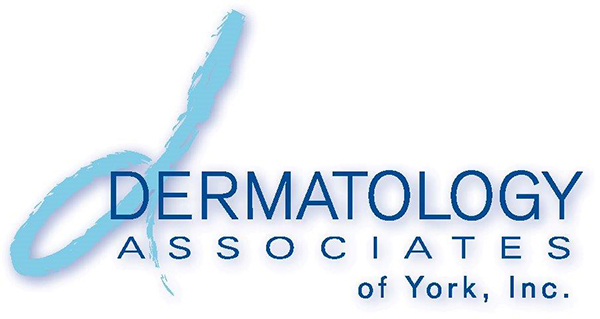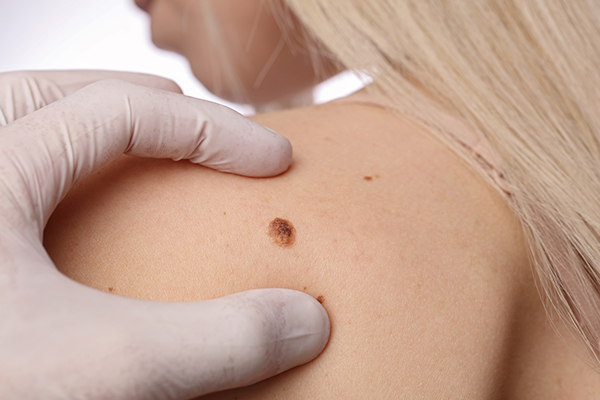Mole Removal & Skin Lesions
Mole Removal & Skin Lesions
A shave excision is an excellent way to remove most superficial moles. This method involves horizontally shaving the lesion off flush with the normal skin with a sharp instrument after the area is numbed with a local anesthetic. The area usually heals very well leaving minimal to no scarring. For deeper moles or moles that clinically appear more serious, the method of removal is a standard excision. This method involves cutting through the full thickness of the skin and then suturing the wound together. Some scarring can be expected depending on the location of the lesion.
All moles that are removed are sent to the laboratory for pathologic interpretation to confirm the clinical diagnosis. Occasionally, even benign-appearing moles can turn out to be skin cancers.

